Isolated islands are often home to some of the most unique and rare plants on Earth. These plants have evolved in isolation, adapting to their specific environments in remarkable ways. Each species reflects the distinct characteristics of its island habitat, making them fascinating subjects for study and admiration. This article highlights some of these extraordinary plants, offering a glimpse into the diverse and unusual flora found only on these secluded lands.
Socotra Dragon Tree (Dracaena cinnabari) – Socotra Island
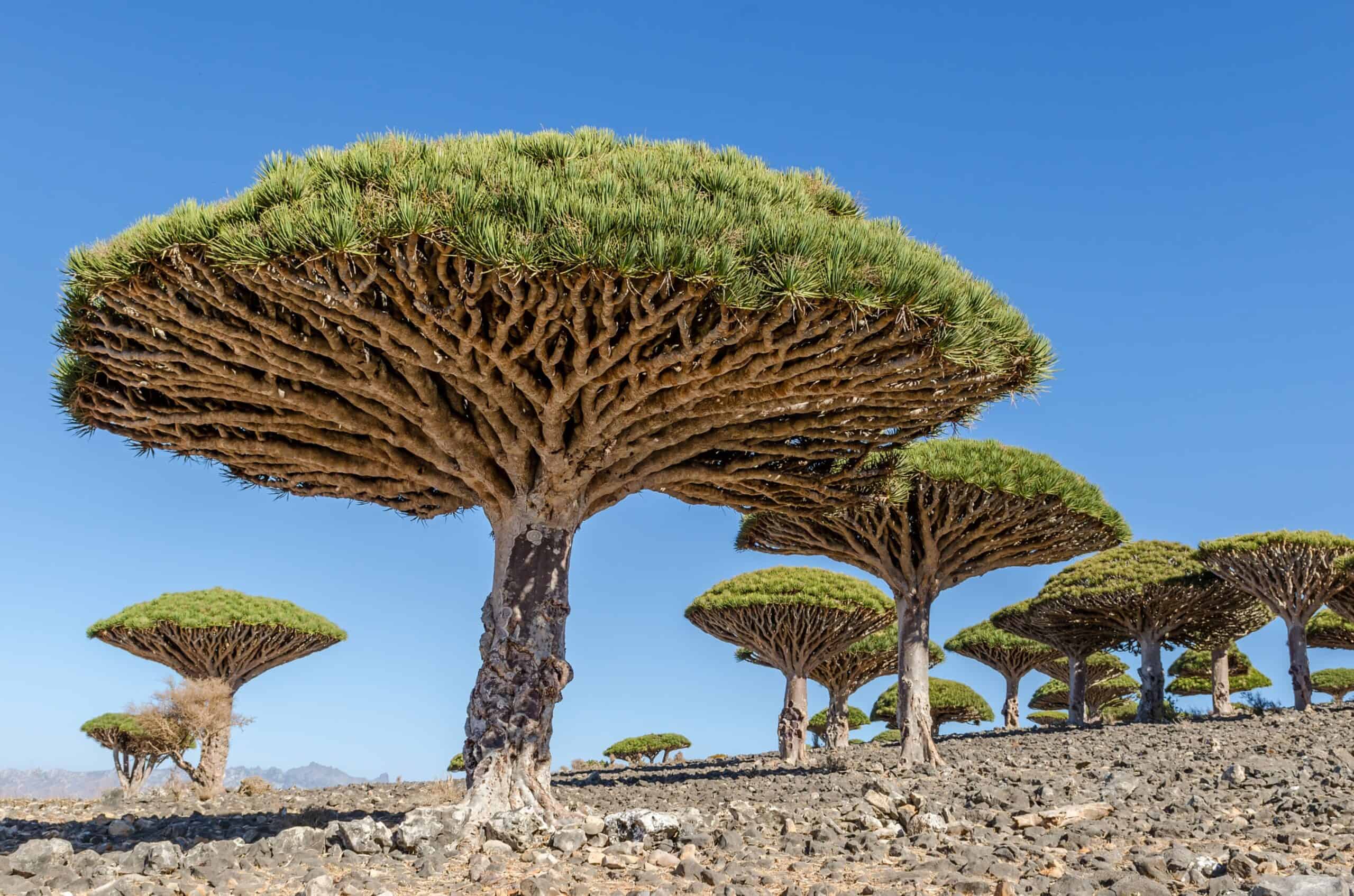
The Socotra Dragon Tree is a striking plant native to Socotra Island. Its umbrella-shaped canopy and thick, twisting branches give it a unique appearance. The tree’s red resin, known as “dragon’s blood,” has been used for centuries in medicine and dyes. It thrives in the arid, rocky landscapes of the island, with roots that help it anchor in harsh conditions. Its slow growth and long lifespan make it a symbol of resilience in its isolated habitat.
Coco de Mer (Lodoicea maldivica) – Seychelles Islands
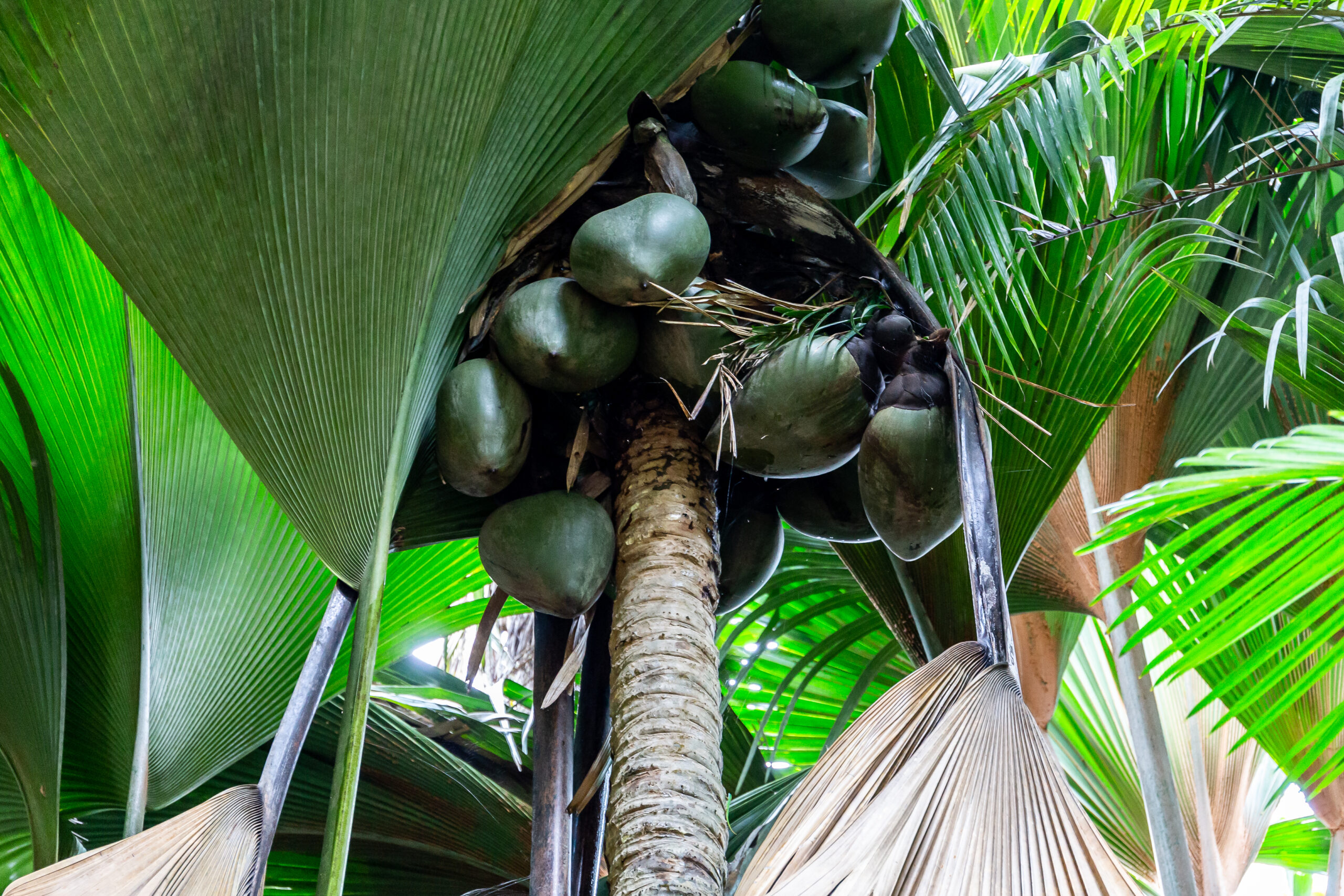
Coco de Mer is famous for producing the largest seed in the plant kingdom. This unique palm is native to the Seychelles Islands, where it grows in dense forests. The seeds can weigh up to 30 kilograms, and their distinct shape resembles a double coconut. The palm’s enormous fronds can reach up to 10 meters in length. It takes decades for the tree to mature, and it plays a crucial role in the ecosystem of its island home.
Silversword (Argyroxiphium sandwicense) – Hawaii, USA
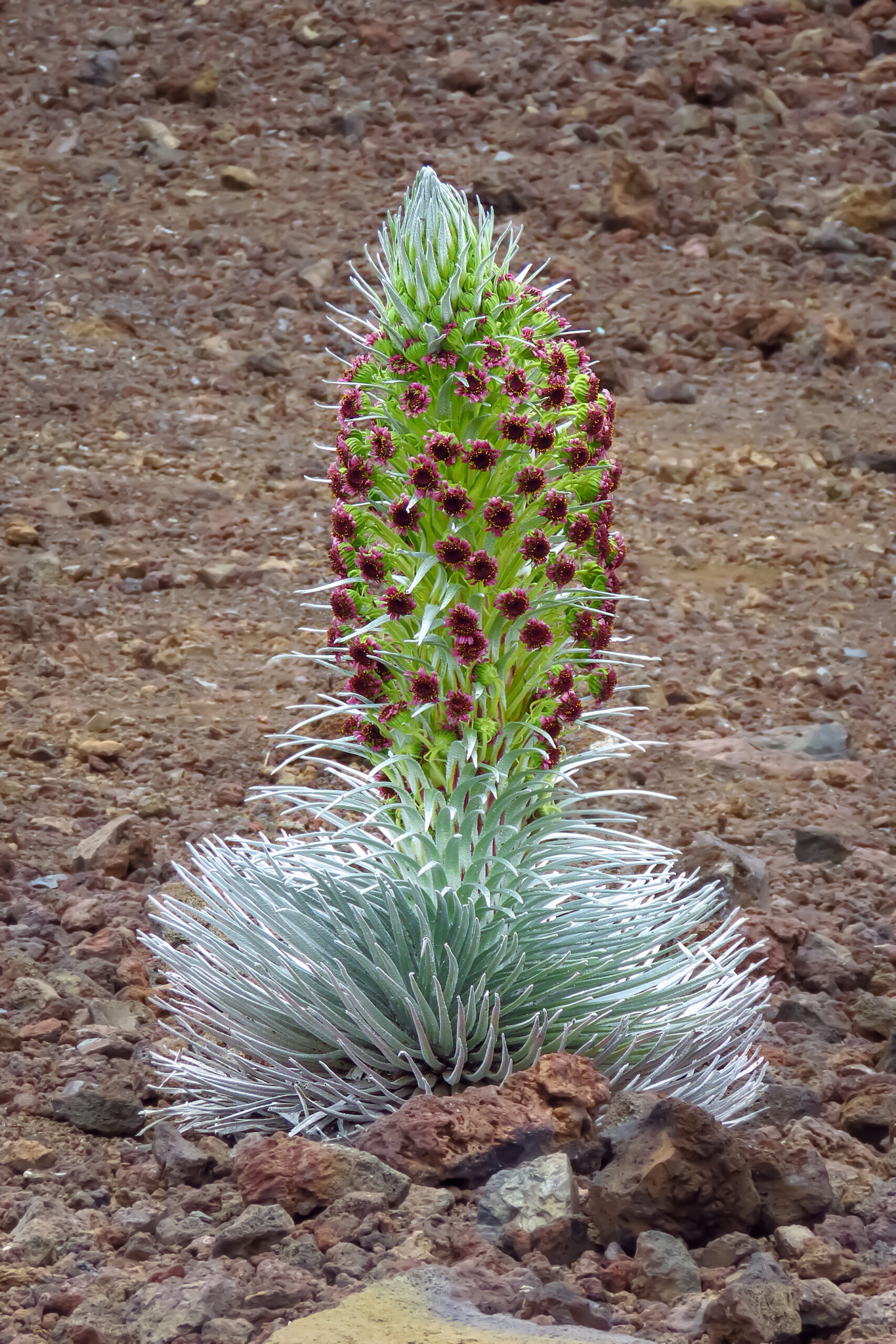
The Silversword is a rare plant found only in the volcanic slopes of Hawaii. Its silver-colored leaves form a rosette that reflects the harsh sunlight, helping it conserve moisture. The plant blooms only once in its lifetime, producing a tall flower stalk covered in hundreds of purple flowers. After blooming, the plant dies, completing its life cycle. It is a symbol of the unique biodiversity of Hawaii’s isolated environment.
St Helena Ebony (Trochetiopsis ebenus) – St Helena Island
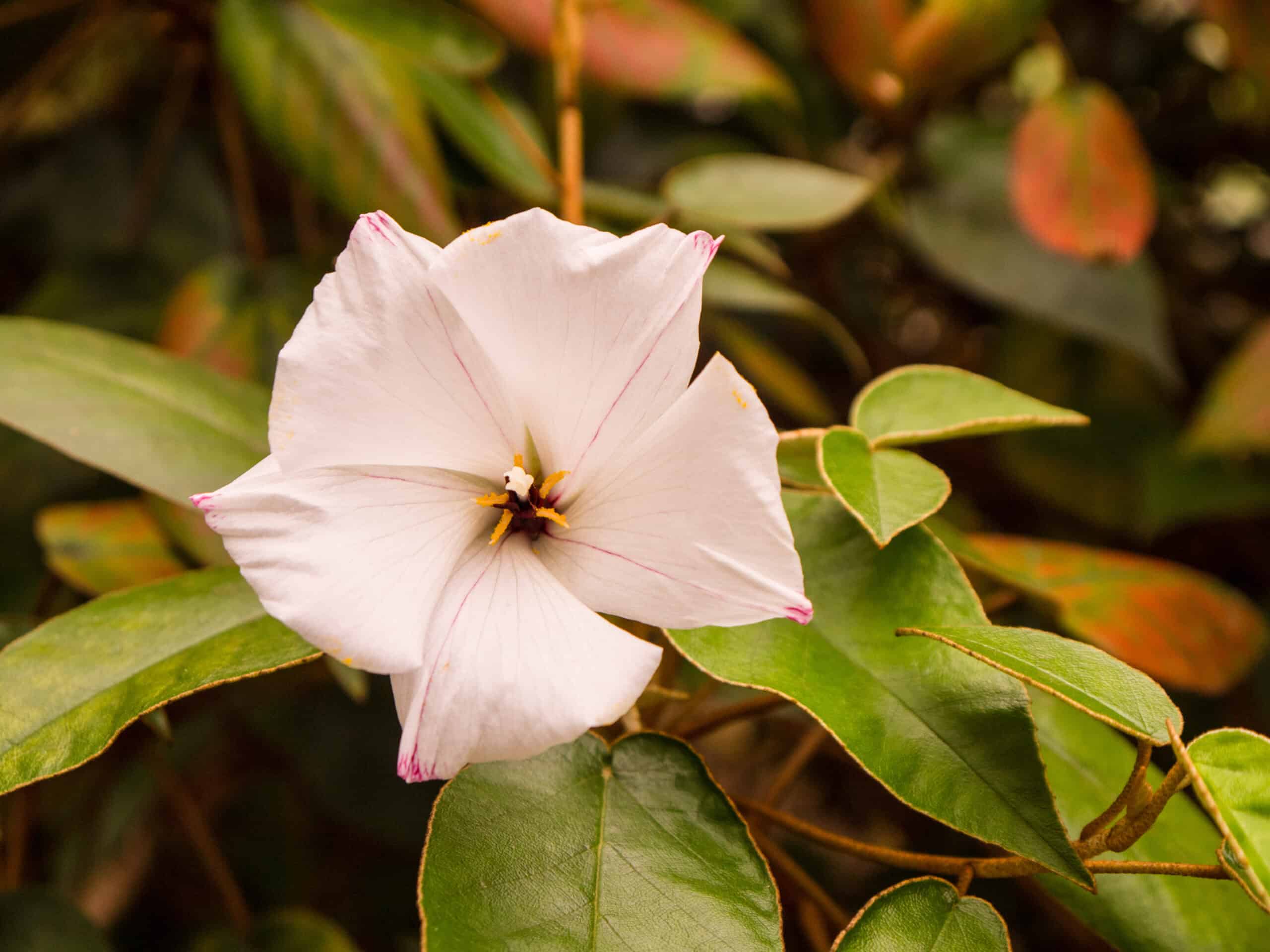
St Helena Ebony is a small, shrubby plant found only on St Helena Island. Its glossy, dark green leaves and white flowers make it a striking addition to the island’s flora. The plant was once thought to be extinct but was rediscovered in the wild in the 1980s. It thrives in rocky, cliffside habitats, where it clings to the steep terrain. Conservation efforts have helped to preserve this rare and endangered species.
Madagascar Periwinkle (Catharanthus roseus) – Madagascar
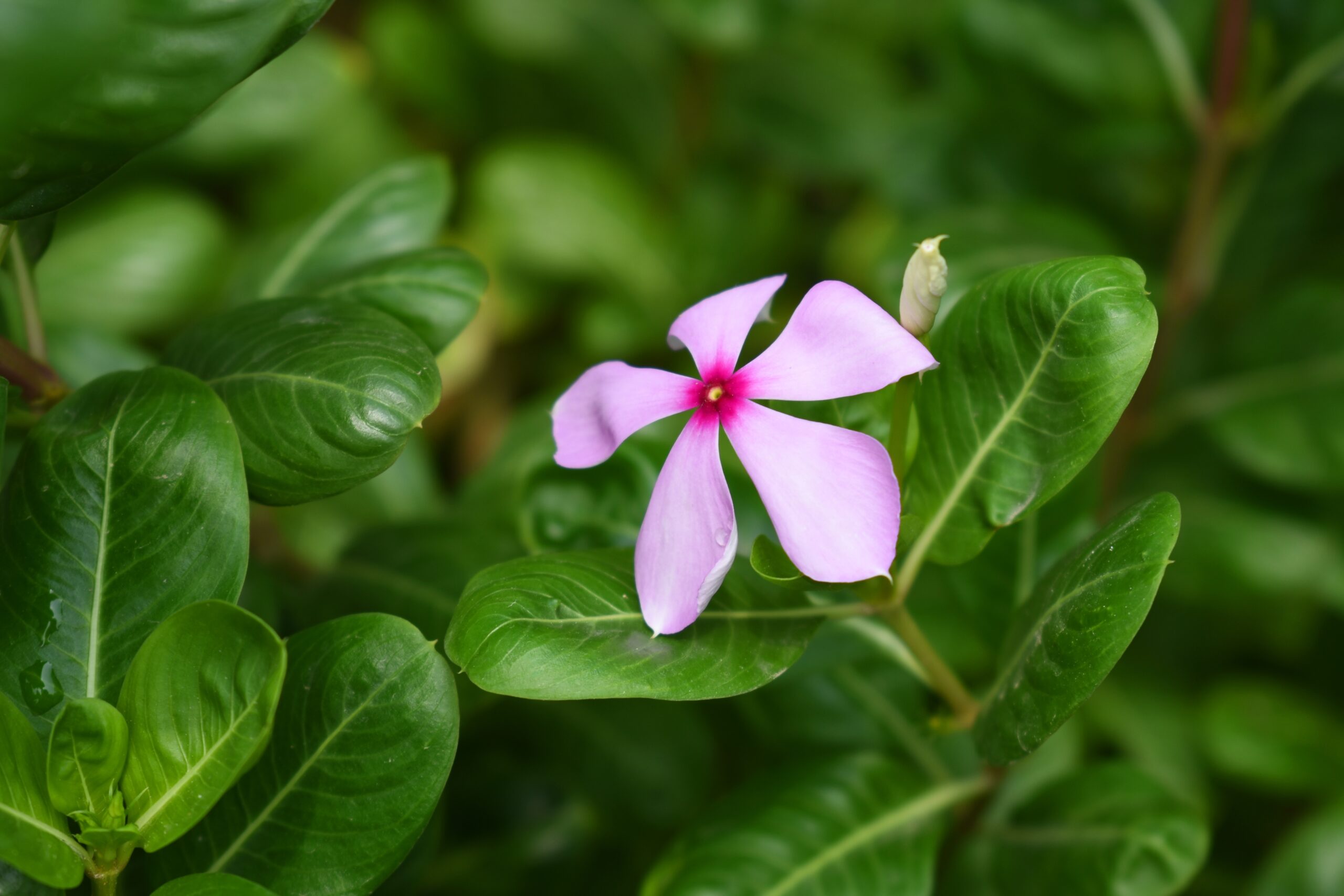
The Madagascar Periwinkle is a small, flowering plant with a significant impact. Native to Madagascar, it produces pink or white flowers throughout the year. The plant is known for its medicinal properties, particularly in the treatment of cancer. It thrives in a variety of habitats, from forests to grasslands, showcasing its adaptability. Despite its small size, it plays a crucial role in the ecosystems of Madagascar.
Tahina Palm (Tahina spectabilis) – Madagascar
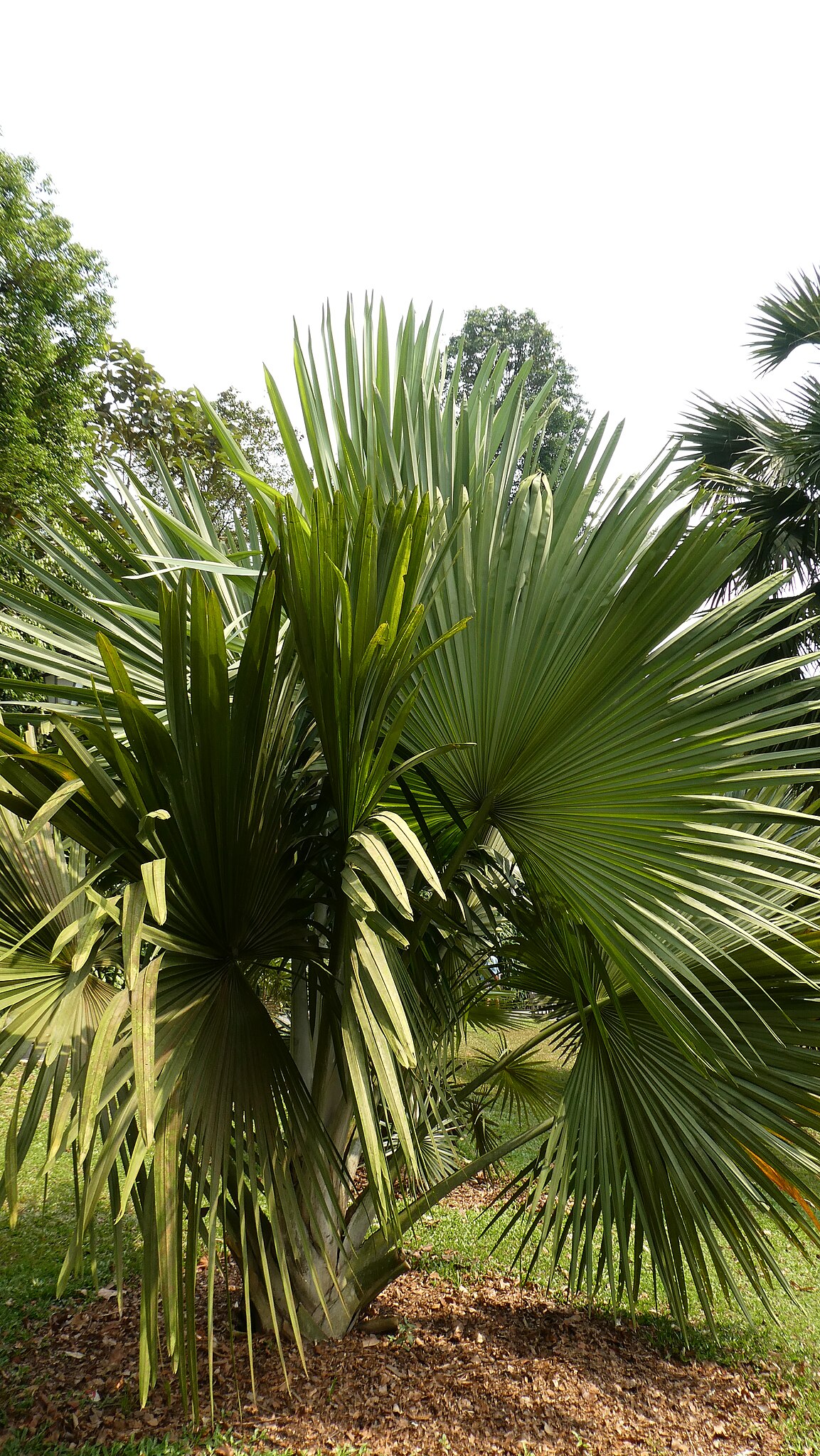
The Tahina Palm is a rare, gigantic palm found only in Madagascar. It is known for its massive size and unusual life cycle, where it blooms once and then dies. The palm produces a huge inflorescence that can reach up to 10 meters tall, covered in thousands of small flowers. It grows in remote areas, far from human settlements, making it difficult to study. The discovery of this palm in 2007 was a significant event in botany.
Ascension Island Parsley Fern (Anogramma ascensionis) – Ascension Island
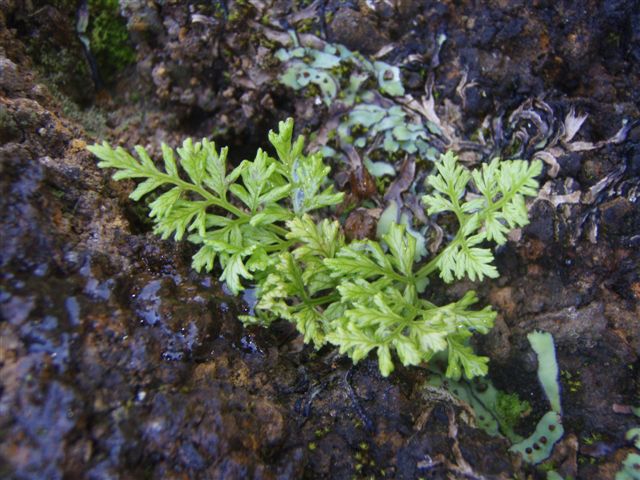
The Ascension Island Parsley Fern is a rare and delicate fern found only on Ascension Island. Its small, lacy fronds resemble parsley, giving it its name. The fern grows in the rocky, volcanic terrain of the island, where it clings to crevices and shaded areas. It is highly endangered, with only a few wild plants remaining, making conservation efforts critical. This plant’s survival is a testament to its resilience in the face of harsh environmental conditions.
Réunion Island Dombeya (Dombeya sp.) – Réunion Island
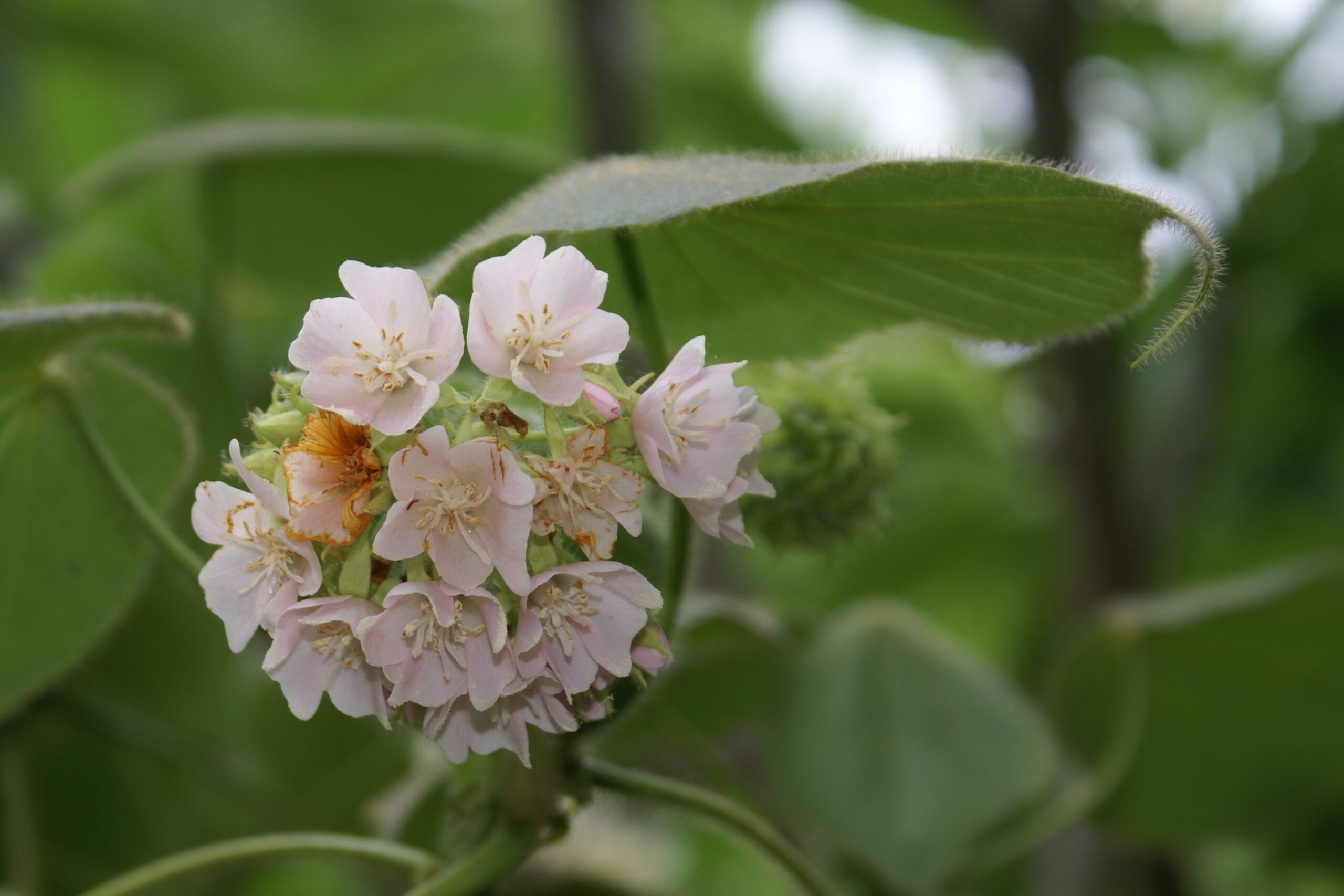
The Réunion Island Dombeya is a small tree native to the volcanic slopes of Réunion Island. It is known for its clusters of pink or white flowers, which bloom in the cooler months. The tree thrives in the humid, tropical climate of the island, where it contributes to the lush vegetation. Its flowers attract various pollinators, playing an essential role in the island’s ecosystem. The tree’s wood is also valued for its durability, adding to its significance.
Bermuda Cedar (Juniperus bermudiana) – Bermuda
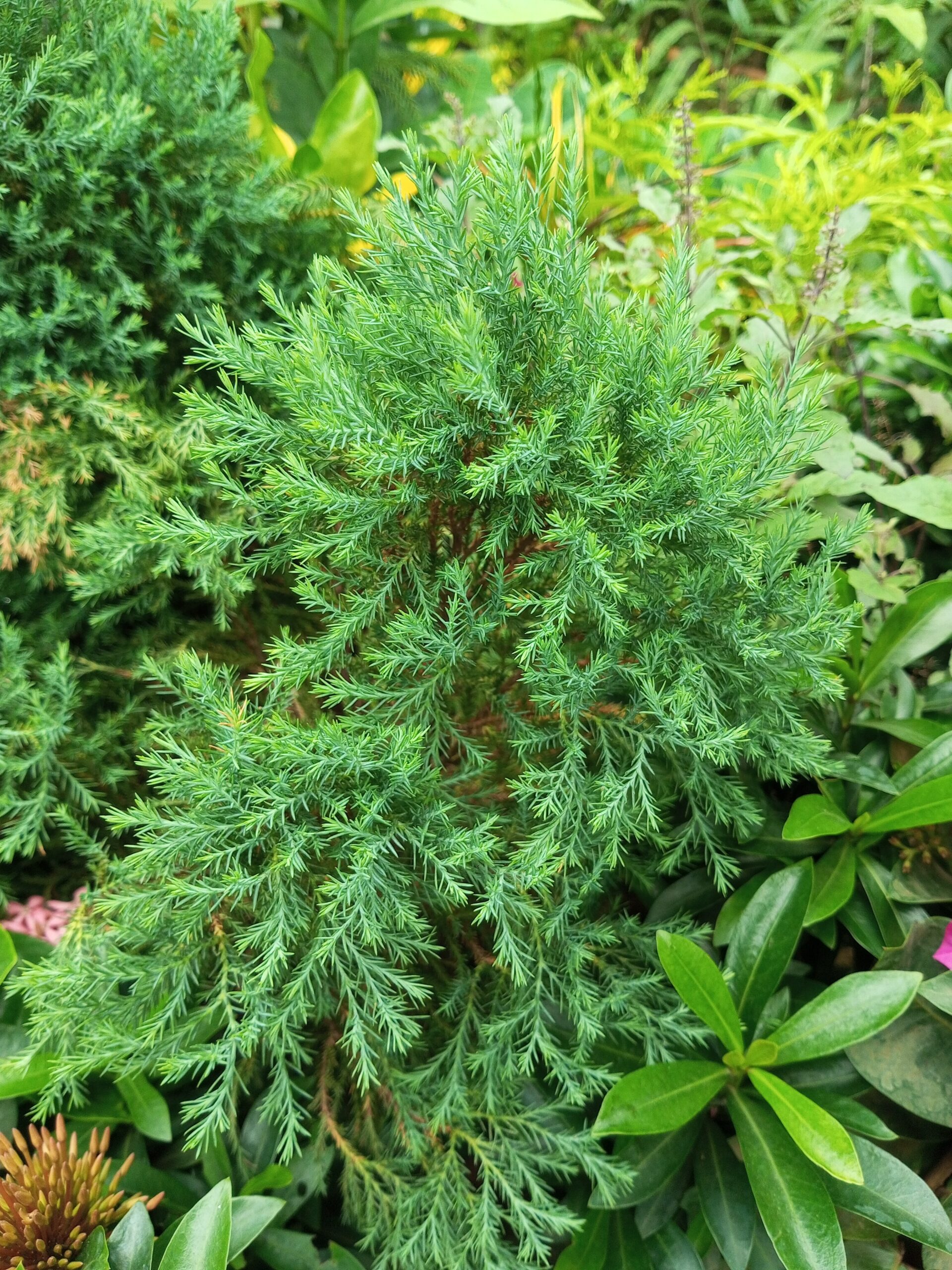
The Bermuda Cedar is a resilient tree native to the islands of Bermuda. It is characterized by its dense, dark green foliage and reddish-brown bark. The tree was once the dominant species on the island, forming extensive forests. However, its population was drastically reduced by a scale insect infestation in the 20th century. Despite this, it remains a symbol of Bermuda’s natural heritage and is vital in reforestation efforts on the island.
Kokia Cookei – Hawaii, USA
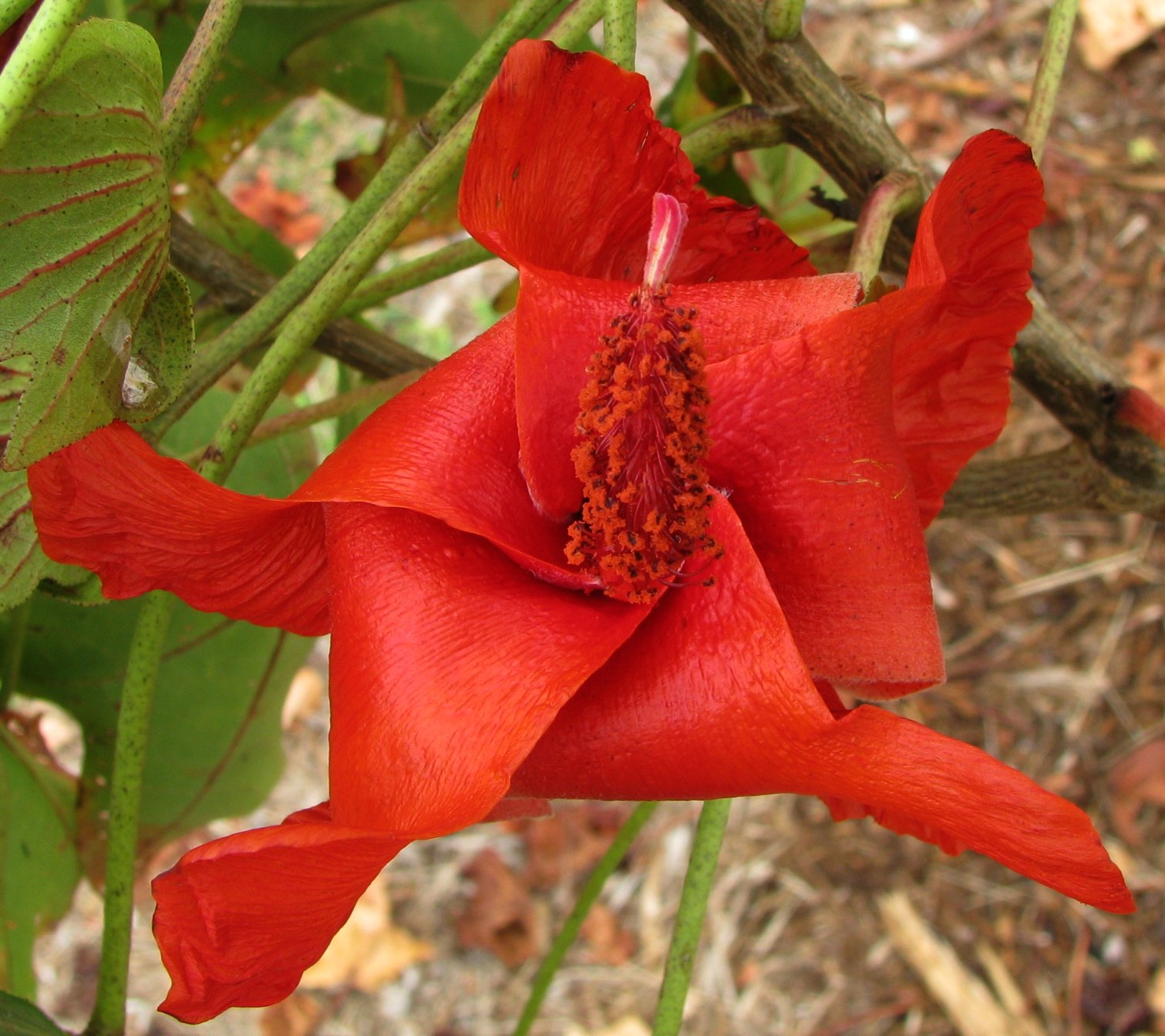
Kokia Cookei is one of the rarest plants in the world, found only in Hawaii. This small tree produces striking red flowers, which contrast beautifully with its dark green leaves. The species was once thought extinct but has been brought back through careful cultivation. It grows in dry, lowland areas, requiring specific conditions to thrive. Conservation efforts are ongoing to ensure the survival of this critically endangered species.
Socotran Pomegranate (Punica protopunica) – Socotra Island
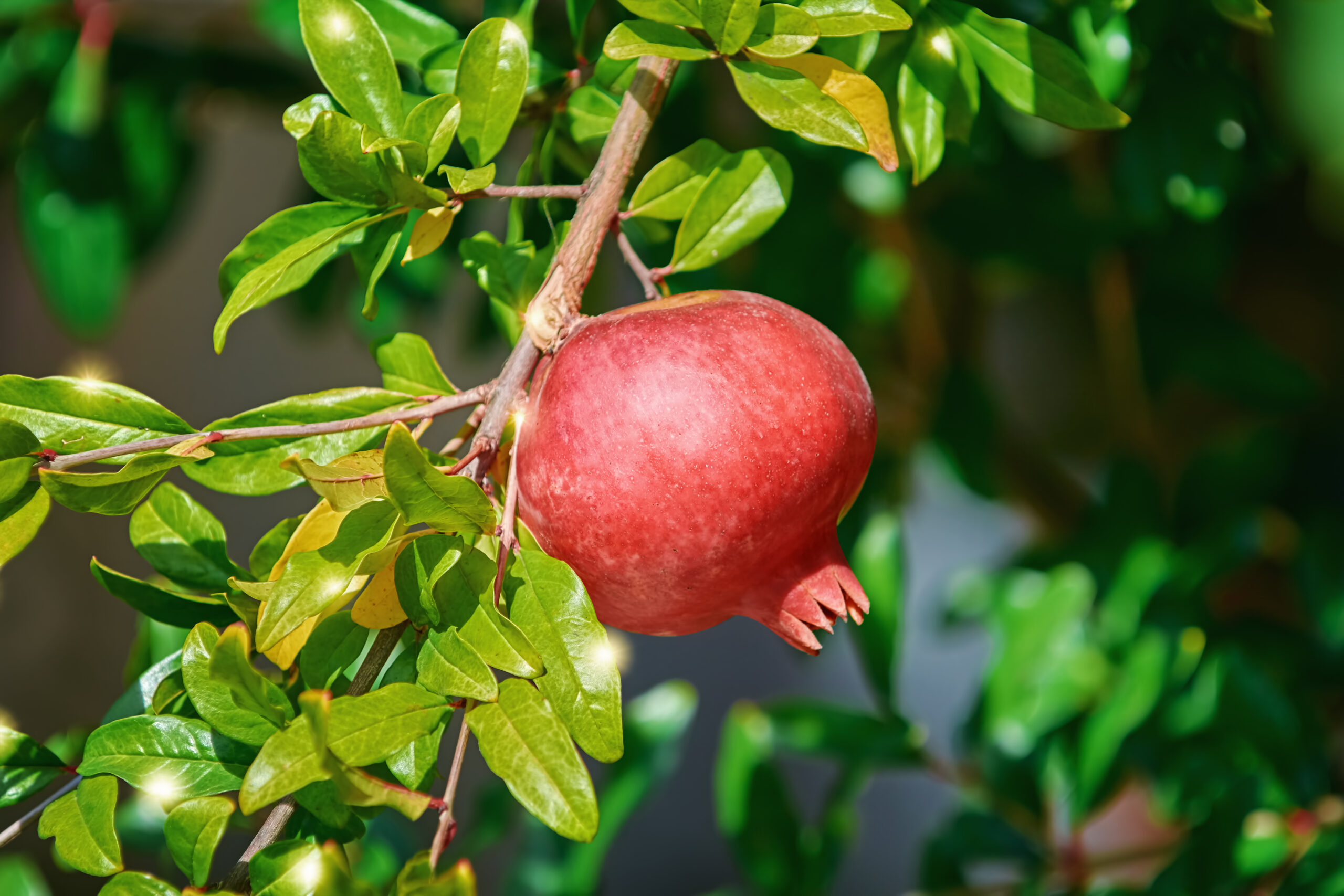
The Socotran Pomegranate is a rare plant endemic to Socotra Island. Unlike the common pomegranate, its fruit is smaller and less sweet, with a pinkish hue. The plant has adapted to the arid conditions of the island, growing in rocky, limestone areas. It features small, pink flowers that are pollinated by insects. The plant is an essential part of the island’s ecosystem, providing food for local wildlife and contributing to the island’s biodiversity.
Robinson Crusoe Island Cabbage Tree (Dendroseris macrophylla) – Juan Fernández Islands, Chile
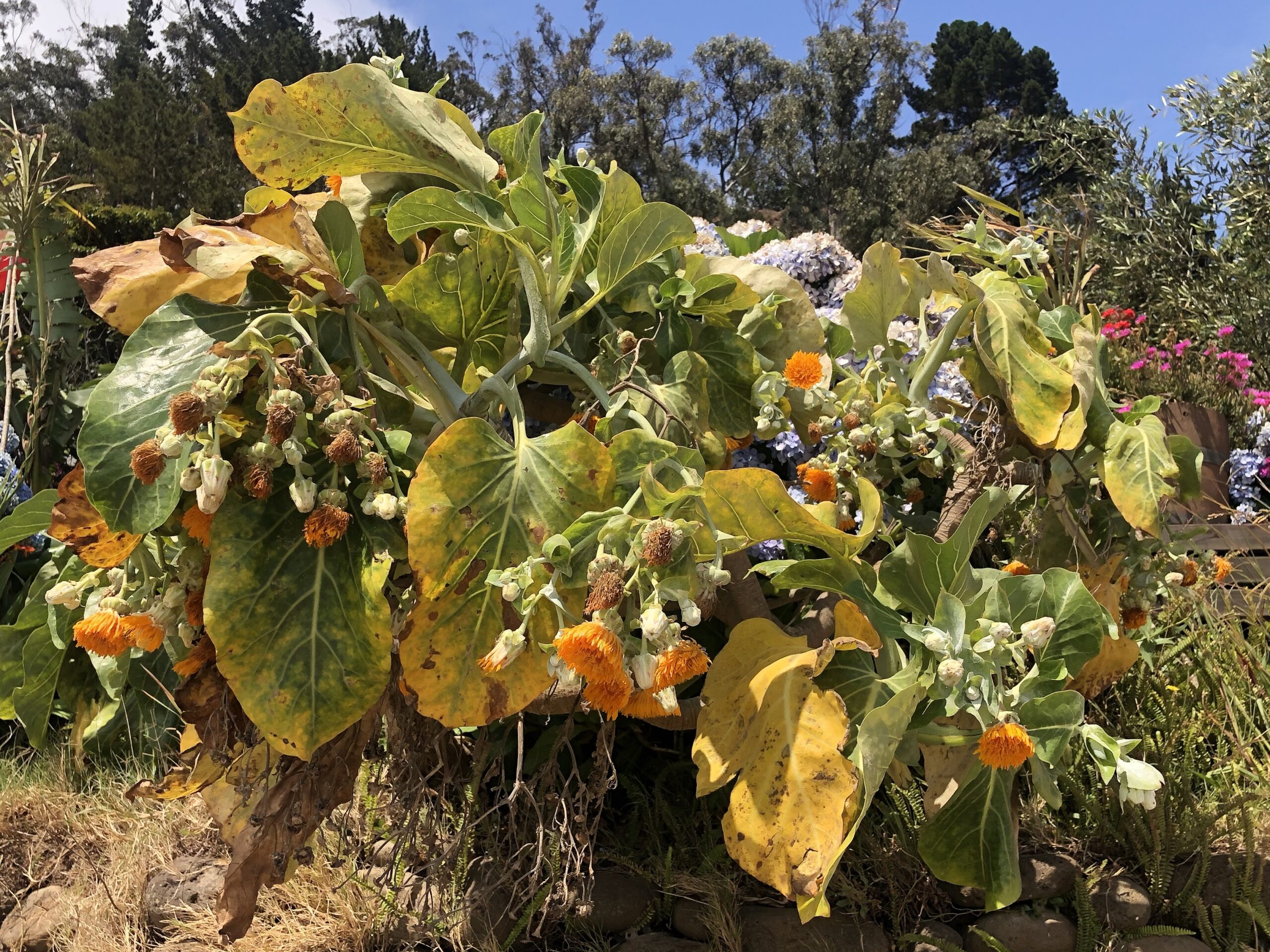
The Robinson Crusoe Island Cabbage Tree is a rare tree native to the Juan Fernández Islands. It features large, cabbage-like leaves and clusters of yellow flowers. The tree grows in the moist, temperate climate of the islands, often on steep, rocky slopes. It is highly endangered, with only a few individuals remaining in the wild. The tree is named after the famous novel, reflecting the isolation and uniqueness of its island home.
Auckland Island Kākā Beak (Clianthus puniceus) – Auckland Islands, New Zealand
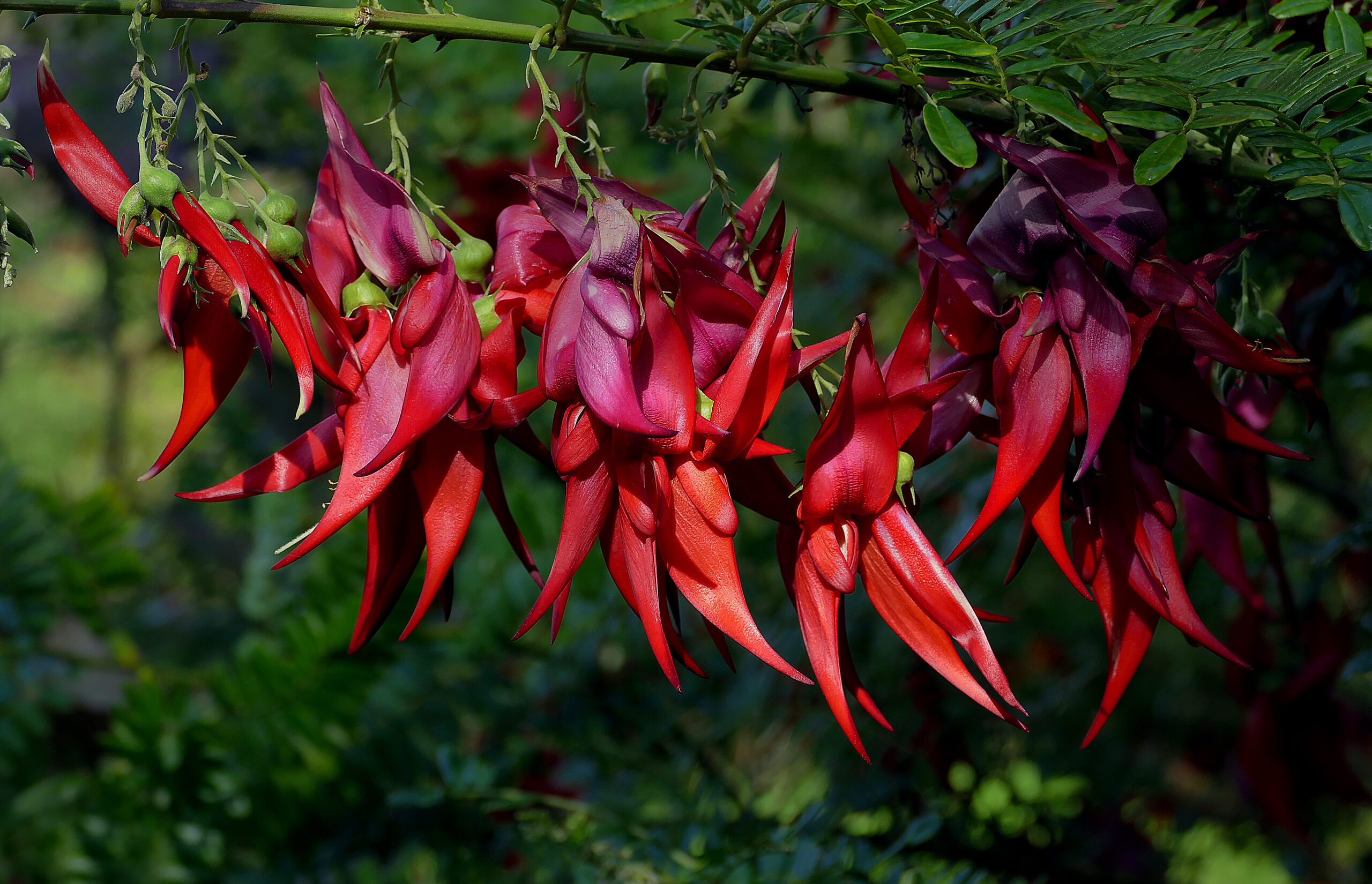
The Auckland Island Kākā Beak is a striking plant native to the remote Auckland Islands of New Zealand. It is known for its bright red, beak-shaped flowers, which attract native birds. The plant thrives in the cool, wet climate of the islands, often growing in sheltered valleys. It is highly valued for its ornamental beauty and is a symbol of New Zealand’s natural heritage. Conservation efforts are essential to protect this rare and endangered species.
This article originally appeared on Rarest.org.
More from Rarest.org
1955 Jefferson Nickel Value Guide

The 1955 Jefferson nickel is a popular coin for many collectors today. Although the face value of this coin is just 5 cents, some come with a high collectible value. Read More.
1951 Wheat Penny Value Guide

The Lincoln cent, also known as the Lincoln penny, has a face value of $0.01. The U.S. Mint has struck this coin since 1909. Read More.
1945 Washington Quarter Value Guide
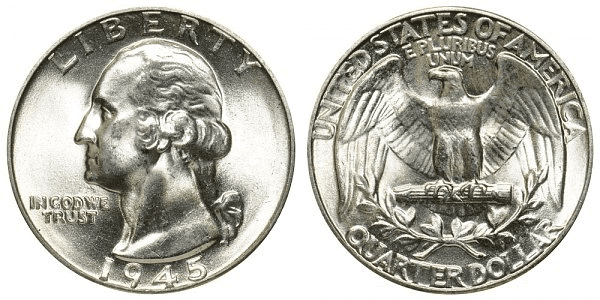
At that time when the Committee of Coinage, Weights and Measures found that Standing Liberty quarter to be unsatisfactory, they decided to replace it with Washington’s profile in 1932. Read More.
